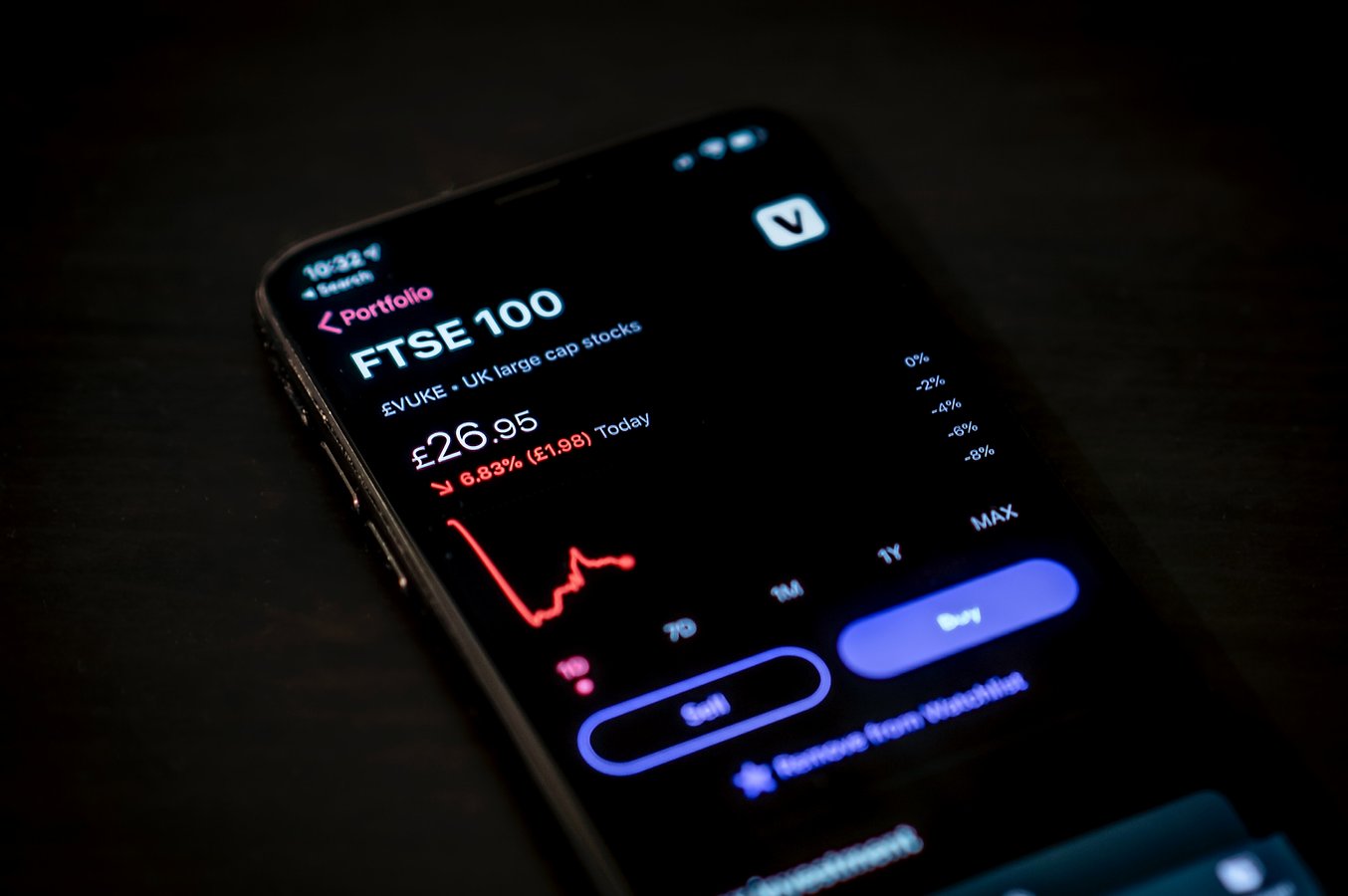Last week we covered the ins and outs of a fairly common stock occurrence, stock splits. I explained the good type of split which I called the “common split” and how that is when an investor gets more shares and the price of the stock is commensurately reduced by the same multiple.
Today the stock splits darker side is revealed and it’s called the “reverse stock split”.
The reverse split works the exact opposite of the common split. Unlike the common split which gifts more shares to an investor then reduces the overall price of the shares, the reverse split reduces the number of shares and increases the price of the stock.
For example, a common split such as a 4 for 1 split, would mean if you had 100 shares of ABC Company and the price was $1,000 a share the day of the split, you would end up with 400 shares with a new price of $250 a share. Note you have 4 times as many shares but at ¼ of the price, so your net dollar effect is no change.
A reverse split usually happens when a company’s stock has experienced continued erosion in price over a prolonged period of time. Although both the common split and the reverse split is meant to improve the stocks overall price, how each split strives to accomplish this goal is entirely different in methodology and reason.
Whereas a common split looks to increase investor shares and lower the stock price, hopefully increasing the number of buyers due to the lower stock price, a reverse split looks to RAISE the price of the stock and REDUCE the number of shares an investor holds. So if a company instigates a 1 for 4 reverse split, an investor would end up with only one share for every four he USED to have. The price however is raised by four times.
Using the example above, if you had the same 100 shares in a 1 for 4 reverse split priced originally at $1,000 a share, you would end up with only 25 shares priced at $4,000 a share. Again like the common split, the net monetary effect from either type of split is zero. You either get more shares that are lower in price or fewer shares at a higher price. But as those investors experiencing a reverse split probably know, a reverse split is usually not a good thing.
Reverse splits can be announced when a stock’s price falls and keep falling until it reaches a significant low price indicating investors continue to sell the stock, and usually sell it based on the company’s performance.
The hook here is if a stocks prices goes too low, it may full under the required price minimum price where certain institutions can own or buy the stock. That price usually centers around the five-dollar range. A stock under 5 bucks maybe not able to be bought by many institutional investors, funds or advisors, nor would they want to. A super low priced stock gets into the world of a penny stock, and stocks in this price range can be considered very risky and in can even be delisted from their major exchange where they are sold like the Dow or Nasdaq markets.
Simply put, the stock is too cheap, and usually got there by a bleeding-red balance sheet or ongoing negative news on the company itself.
Too low of a price can indicate financial instability or worse. It may indicate a stock is on its way to zero.
Additionally, with the price hitting certain minimum levels, financial institutions, advisors and funds might not be allowed to own it at all and even have to sell their holdings. The goal of a reverse split is to get a stock whose price has fallen drastically up to a respectable price level once again without having to garner new buyers.
Whereas common splits increase shares and usually are regarded as good news, reverse splits are usually exercised when things are not so good. And if any of you have experienced a reverse split yourself, your experience with it has likely left a very bad taste in your mouth as well as a hole in your portfolio.
This article is not meant as investment advice and is not a solicitation or recommendation to buy or sell any securities. Stock splits are no guarantee of future movements of any kind. Past performance is not guarantee of future results. No one can predict markets at any time. Mr. Cuniberti is an Investment Advisor Representative of Vantage Financial Group. A registered Investment advisor. The views expressed are opinion only and do not necessarily reflect the opinions of Vantage, any news media company, their staff, management or underwriters. California Insurance License # 0L34249.


